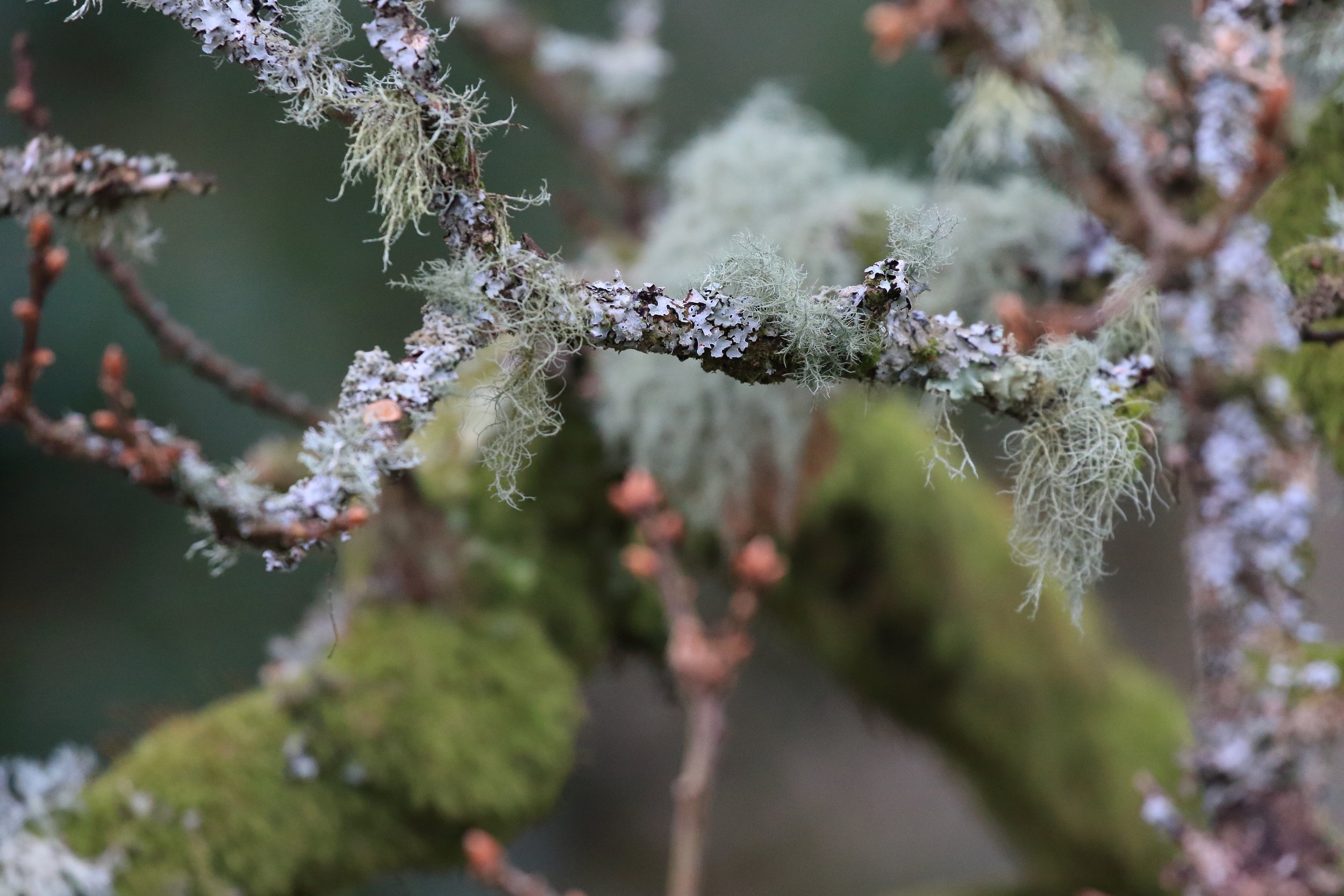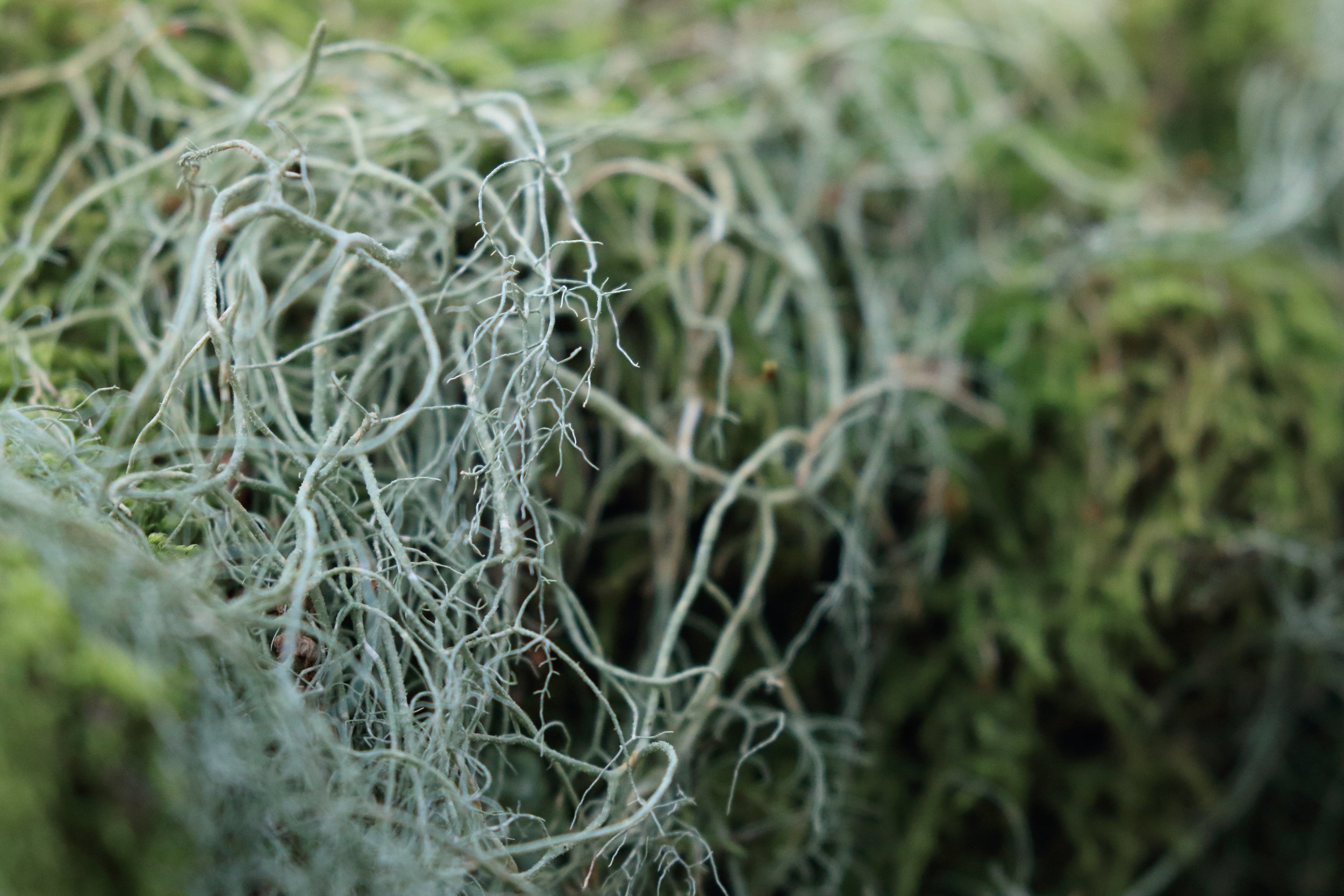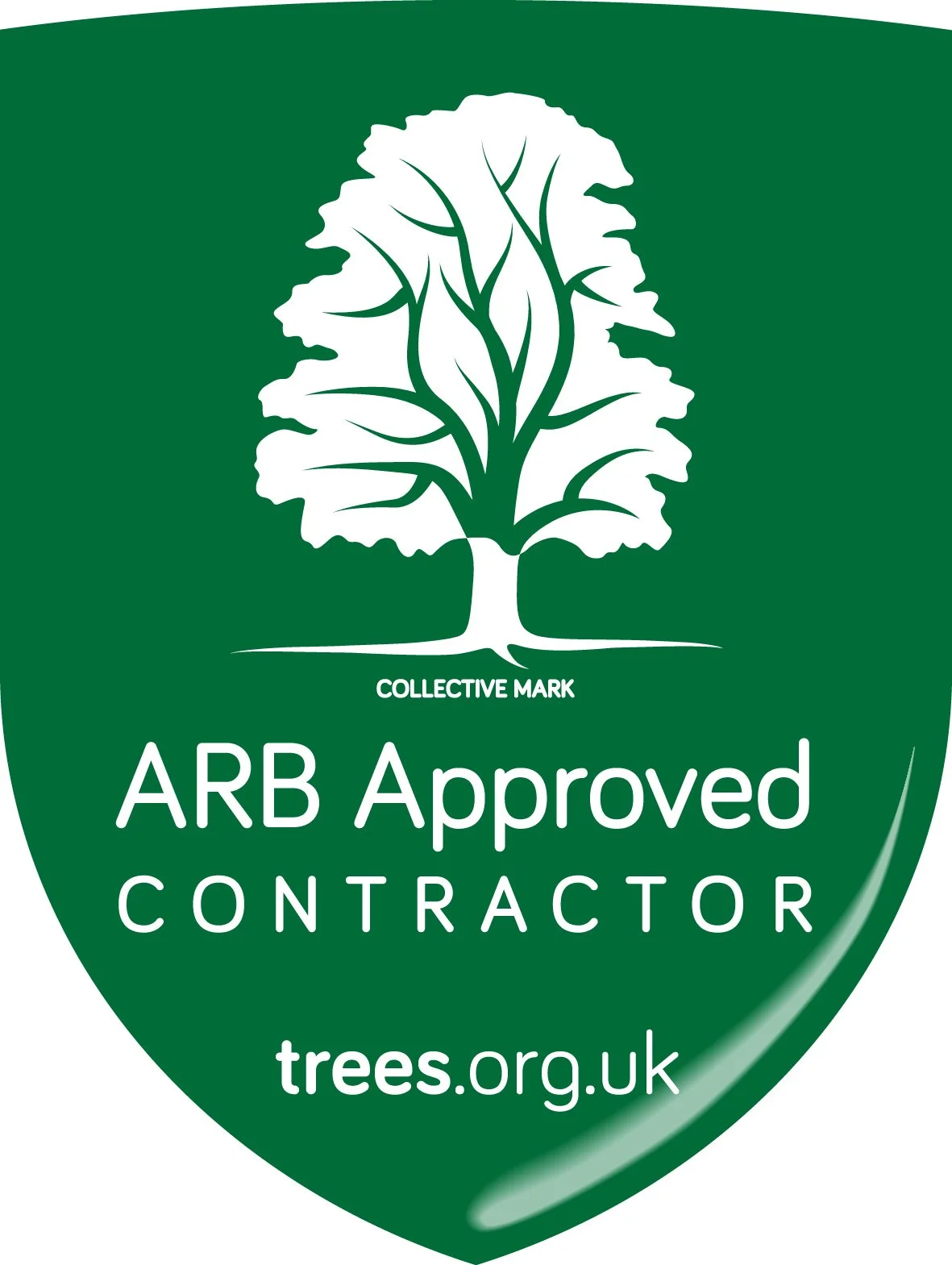You may have come across mention of Devon’s ancient rainforests in the news or perhaps you know them personally and have visited one of the three miniature forests located on Dartmoor: Wistman’s Wood, Blackator Copse and Piles Copse. Known for their distinctive, gnarled oak trees, festooned with moss and lichens, and popular in local folklore, these woodlands are actually fragments of an increasingly rare part of our landscape.
Also known as temperate or Atlantic rainforests, these now threatened ecosystems were once common across Cornwall and Devon. These forests support a huge range of life in both a macro and a micro context - richly diverse microbes, fungi and lichens thrive in these sites, in turn providing habitat and food for insects and birds, which in turn attract snakes and mammals like foxes and weasels. The characteristic growth of moss, ferns and lichens on the trees pictured here gives a good example of how life is layered in this environment. Further, due to their age these forests often have a higher than average number of veteran, dying or dead trees. Whilst this might sound like a negative, these trees actually enrich their surroundings even more by providing a unique habitat. Because of this, the trees in these woodlands exist in tandem with a multitude of life from their first growth until their eventual decline, and have done so for hundreds and hundreds of years.
In the last few months, Dartmoor Tree Surgeons MD Graham has been involved in a project to investigate and assess the regeneration of these woodlands, as well as the threats posed to them. Over several days, Graham visited both Wistman’s Woods and Blackator Copse (talk about job perks!) and spent time thoroughly inspecting the trees and other plant life, through both a walkover inspection and through digging trial pits to assess soil quality and condition. A literature assessment also took place; thanks to the interest these woods have held for academics over the years, it was even possible to compare photographs of the trees taken since the 1920s with the same trees on the ground today.
The results of this assessment are, thankfully, largely positive. The woods are (very slowly) regenerating, and the core of each woodland is healthy and thriving. However, it was noted that there is a definite threat to the expansion of the woods being posed by grazing animals. Oak saplings which take root on the edges of the woodlands or which are growing in areas accessible to grazers are routinely only surviving for a few years, preventing the outer boundary of the forests from growing. Luckily, this is a situation which can be resolved with minimum intervention into the woodlands themselves; flock rotations, invisible fencing and other measures can all be considered to reduce the number of grazing animals getting access to the woodlands. Once this pressure has been reduced, given time the woodlands should steadily increase their boundaries via natural regeneration, recolonising the land they previously covered.
Devon is lucky to have these precious sites, and even luckier in that they are all designated as Sites of Special Scientific Interest (SSSIs), giving them a measure of protection which the majority of ancient rainforests within the UK do not have. If you are planning a visit to any of these forests, you can play a small part in preserving them by taking care not to remove any of the plant life (and especially any of the deadwood!) from the site and by taking even more care than usual to leave no trace of your visit. If you are interested in learning more about our ancient rainforests, or if you would like to take a more active hand in preserving them, you can join the Lost Rainforests of Britain campaign to help map and restore the ancient rainforests throughout the country, and you can also keep an eye on the PlantLife campaign which is working to assess, care for and preserve these woods and many others for generations to come.










